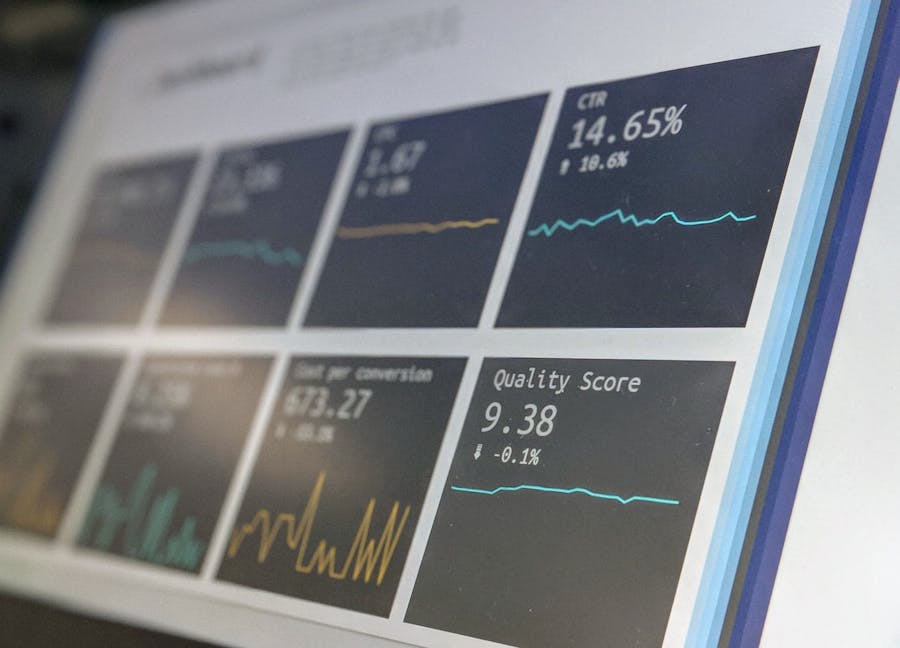General Assembly Meetings (GA) must be held at least once a year. This legal obligation can sometimes be problematic, especially during this pandemic where large gatherings are prohibited.
These events are difficult to postpone and sometimes require a quorum (minimum number of votes represented for the meeting to be held).
Forced to go through a virtual or hybrid meeting, some companies are lost when it comes to organizing their GA.
Define the objective of the GA
Before you start thinking about the format of your event and the features you want to use, think about your goal! Does your GA require a quorum? Are you going to take advantage of this opportunity to communicate with your members or delegates?
- If your quorum is already reached through pre-voting or proxies to the president, then the issue is more about communication. Your General Meeting will allow you to renew contact with your members and to communicate with your prospects.
You will then need to create an event website and various email invitations or invitation campaigns to communicate effectively with your contacts. For this type of event, nothing is better than a video broadcast via a film studio. For smaller budgets, you can opt for your webcam or your videoconference room. In addition, you can use content-sharing tools to broadcast adopted and rejected resolutions.
- If your GA requires a quorum, it is imperative to think of a device that will allow you to reach it!
This requires a good digital communication strategy:
1 - Time management
In order to maximize participation, and ensure that you reach a quorum, you will need to send impactful emails at the right time.
Here is an example of an effective email sequence:
- An invitation to attend the AGM on D-10, indicating the date, time, progress, and duration of the AGM, as well as the possibility of pre-voting (if your rules allow it).
- A reminder on D-1 with the schedules, the connection link, and the protocol for the upload and voting.
- A final reminder 15 minutes before the digital download starts, so that guests can connect to the "live".
It is very important to check the click and opening rate of your emails as you send out the campaigns.
This will allow you to anticipate the number of connections on the day and thus your chances of reaching the quorum without risk. You can also provide a button "I participate in the GA" via a form embedded in your email invitation to D-10 to facilitate this monitoring.
2 - The user path
Who should attend your Shareholders' Meeting? Do you have auditors, members of your team, or other non-voting guests? If the answer is yes, it is imperative to plan different user paths for these categories.
Indeed, they probably do not need to sign in and do not need to have access to the resolution voting tool.
Don't forget to communicate your rules to the selected provider so that they can ensure that the voting solution meets your specific requirements (notions of colleges or GAEC, proxies, pre-votes, elections, etc.).
3 - The structure of the "live" website
A virtual event is by definition attended by a multitude of guests all with different internet operators, smartphones, and computers.
Your solution must be responsive and compatible with most devices. In addition, select a simple and clean interface so as not to lose less tech-friendly users.
It would be ideal to have a background image, a banner reminding people of the name and date of the GA, a video replay, and a resolution voting tool, all on the same page.
Pro Tip: If you want to broadcast content to your members, encourage post-GA mailings to keep them focused on voting and video during the live event.
4 - Accompanying your guests
Participating in a remote GA may not be intuitive for all your members. It is advisable to accompany them beforehand with efficient and pedagogical communication.
You should also plan to offer technical assistance on the D-day so that they are not left out in the cold in case they have questions about logging on.
Finally, a private chat with participants on your General Assembly site is ideal for managing requests and getting guests with a problem called back, especially when you are expecting more than 100 people on D-day!
Conclusion
Clearly define the purpose of the GA: is it simply to communicate about the vote and its results or to constitute a quorum of voters? Adapt your strategy accordingly.
Don't forget that you will need a technical service provider and support throughout the process.



